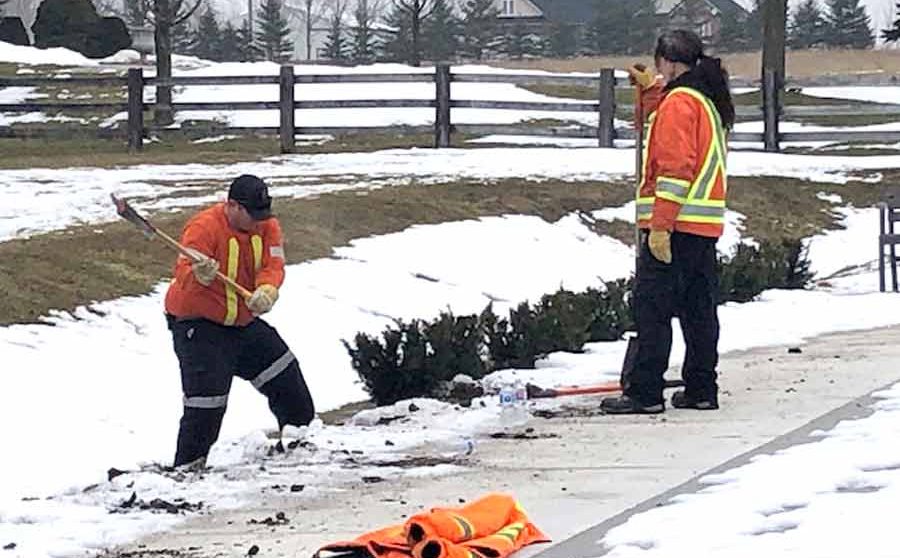PUSLINCH – Township staff recently removed 52 Hicks yew plants it had just planted in Boreham Park after resident Bruce Taylor informed staff and council that the plants are poisonous and a potential danger to children and pets if ingested.
Interim CAO Courtenay Hoytfox confirmed in an email the plants had been removed after consulting with an environmental and forestry expert.
“The shrub is frequently planted during landscaping projects as it is a versatile, hardy shrub that is relatively easy to maintain,” she stated.
“The primary concern with the toxicity of the shrub is regarding livestock that are more likely to consume parts of this plant if available, as such it should not be planted near livestock pens or barns.
“While the likelihood of a child, dog or cat consuming parts of a yew shrub are low, out of an abundance of caution, the plants were removed successfully with an intact root ball and soil.”
Hoytfox said the plants have been stored for winter and will be replanted in early spring at another location – likely the township office.
And staff will look at suitable replacement shrubs for Boreham Park.
Taylor says the township missed the point of his complaint.
It’s not just that the selected plants are toxic, he said. It’s that planting anything along the ditches in the park will create a visual barrier and obscure awareness of the ditches and the hazard they pose.
Taylor believes the best and safest option is to fill in the ditches, removing that hazard and negating the need for any shrubs. He sought costing from local contractors who estimated it would cost between $20,000 and $60,000 to fill in the ditches.
However, a report to council last fall pegged the cost of filling the ditches between $1.2 and $3.6 million, as the park is part of the stormwater management plan for the surrounding Arkell subdivision and it’s not the same as a typical drainage ditch.
Taylor says he’s not buying it.
In a Feb. 1 newsletter to the neighbourhood, Taylor wrote he intends to continue his fight to have the ditches filled and make the park level, safe and accessible.
“We will continue to fight for the (six to eight feet deep, 30 to 40 feet across, and with an incline of 50-75%) drainage ditches bordering the north and south sides of the playground area to be filled in and culverts installed,” he wrote.



